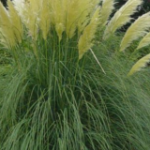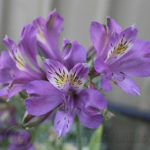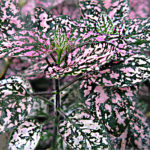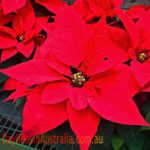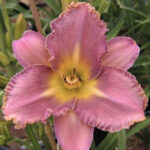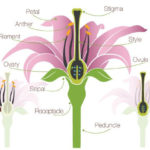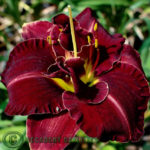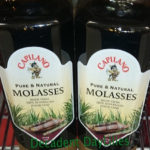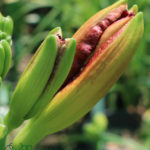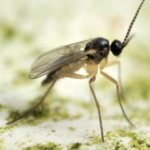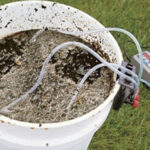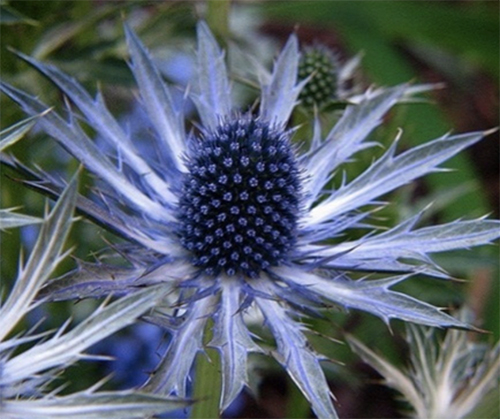
Sea Holly Plant Care
Eryngium Sea Holly Information and Propagation
 Sea Holly flowers or Eryngium varieties are striking plants suitable for any garden. These plants are native to the European and Mediterranean region and are highly resistant to drought conditions. They can withstand winds, sandy soils, and salt sprays. They can be grown in garden beds or as borders and in butterfly gardens. The sea holly flowers are good as fresh cut flowers and make superb dried flowers too. These plants are unique with spiny and toothed leaves and with clusters of steel blue or white thistle like flowers. It is difficult to transplant the established plants as they develop tap roots. Removal of spent flowers prevents the chances of self-seeding. These plants grow to a height of 18-36 inches and spreads to 1 foot. Blooming period is from summer and continuous throughout the autumn.
Sea Holly flowers or Eryngium varieties are striking plants suitable for any garden. These plants are native to the European and Mediterranean region and are highly resistant to drought conditions. They can withstand winds, sandy soils, and salt sprays. They can be grown in garden beds or as borders and in butterfly gardens. The sea holly flowers are good as fresh cut flowers and make superb dried flowers too. These plants are unique with spiny and toothed leaves and with clusters of steel blue or white thistle like flowers. It is difficult to transplant the established plants as they develop tap roots. Removal of spent flowers prevents the chances of self-seeding. These plants grow to a height of 18-36 inches and spreads to 1 foot. Blooming period is from summer and continuous throughout the autumn.
Growing Sea Hollies
Eryngium plants need full sun and damp soil with good drainage to develop a good framework and steel-blue patina. The taproots help the plant to thrive in poor soil and water conditions. Plant them in the driest area of your garden where there is bright light. These plants can be easily be propagated by seeds sown in the garden bed. Sow the seeds in late summer or autumn and the germination will occur in the next spring. You can also use root cuttings to propagate the plant. Take the root cuttings in early spring and plant them at least two inches deep in the soil. When grown from the seed the plant may not flower in the first year.
Caring For Sea Hollies
Once established these plants require very minimal care.
- They need watering only during long dry spells once the plant gets established.
- There is no need to fertilise the plants as they produce flowers even when grown in poor soils. Avoiding fertilisation keeps the plant compact and upright.
- It is necessary to deadhead the sea holly plants regularly.
- Pinching off the spent flowers helps in further blooming.
In autumn after the blooming period is over you can remove the prickly flowers and stems. Make sure that the evergreen leaves of the plant are intact. There are summer flowering sea hollies as well as winter flowering varieties
Varieties Of Sea Hollies
There are different varieties of sea hollies available in nurseries in different colours, shades and sizes and which flower during different seasons. Some of them are:
Giant Sea Holly (E. giganteum) – This plant is native to Caucasus and grows to a height of 3-4 feet. They have heart shaped leaves and produces large flowers of steel blue with silvery white bracts.
Common Sea Holly (E. maritimum) – This is one of the smallest varieties of sea hollies and grows only to a height of 6 inches to 1 foot.
Eryngium eburneum– this variety comes with greenish white flowers and sword shaped leaves.
Eryngium planum– this is native to Eastern Europe and comes with heart shaped leaves. grows to a height of 2-3 feet. Produces bright blue coloured stems and blue bracts surrounding the silver-blue flower.
E. x zabelii ‘Blue Hills’– this is a hybrid which are drought tolerant and produces deep blue stems and bristly flower heads.



